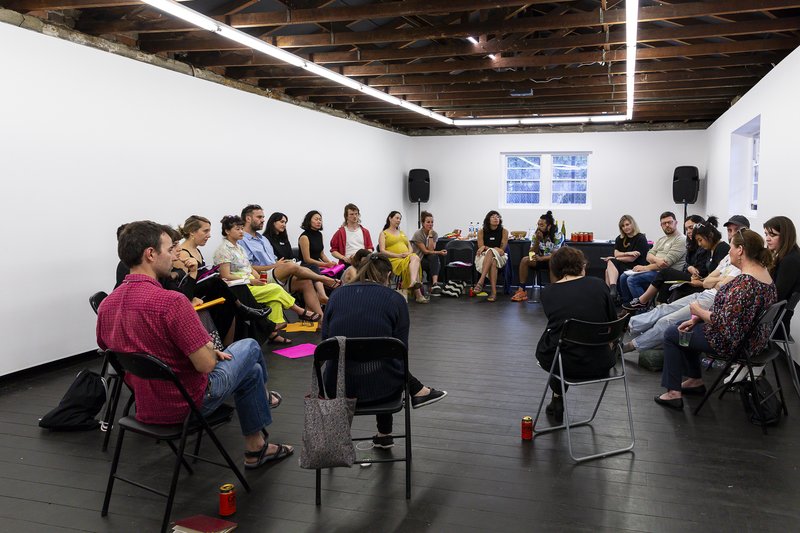COVID-19 Action: What have we achieved so far?
Image: Artists in conversation at a NAVA roundtable. Photo by Document Photography, 2019.
Image: Artists in conversation at a NAVA roundtable. Photo by Document Photography, 2019.

It’s been a long couple of months – a very long couple of months. Together, we’re facing a great shock to our health and livelihoods as the world’s everyday life has been suspended. As we begin to imagine what emergence looks like, let’s take a moment to reflect on what we’ve achieved together. Because despite that debilitation, our united efforts have achieved a great deal: